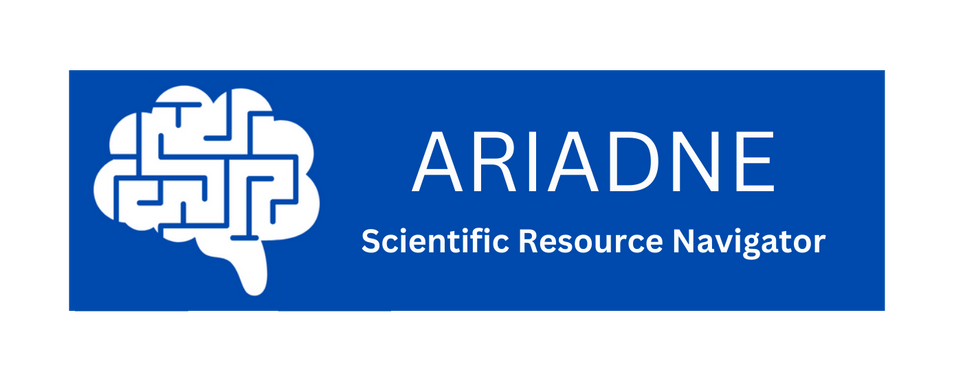STEP 8: Writing the manuscript
Contents
STEP 8: Writing the manuscript¶
Once data is analyzed and discussed with supervisor(s) and potential co-authors, researchers are set to outline their results in a comprehensive manuscript (Mensh & Kording, 2017).
Target journal. The decision for a target journal is usually taken together with the project team (i.e., supervisor, collaborators, and co-authors, see also Step 1; ➜ Journal/Author-Name-Estimator). The choice of journal should be influenced by the paper. However, this can mean a broader disciplinary journal, a more specific topic-related journal, a methodological journal, or a more generalist journal. Various criteria can guide the journal selection (Salinas & Munch, 2015). Criteria like impact factor (see glossary) and journal prestige may be critical for more senior researchers who need to build up a reputation, whereas acceptance rates and turn-around times may be more important for ECRs who need to complete their degree within a limited amount of time. It is also important to consider open science policies, practices, and procedures of the respective journal or publisher when choosing a journal. For example, the journal choice could be influenced by moral (not wanting to support certain publishers; see Smith et al., 2023) or logistical reasons (opting to publish in an open-access journal with payable article processing charges; APCs). Moreover, journal choice will directly affect how the article can be accessed (e.g., open-access or paywall) and whether and how pre- and postprints can be shared with the scientific community (see glossary).
Manuscript structure. A journal will often specify the manuscript sections to be included, how many words to write, how many figures or tables to include, and whether there is space for supplementary materials. For example, writing a manuscript with the results directly after the introduction as opposed to after the methods will substantially change the way the whole manuscript needs to be organized.
Authorship. Authorship of the manuscript should be offered to individuals who agree to make substantial scientific contributions to the project (see APA Ethics Code Standard 8.12a, for example; see also Step 1). These include, but are not limited to, conceptualization, data collection, data analysis, writing, funding, or supervision. However, the status of authorship positions varies strongly depending on the scientific discipline (Pain, 2021). In human neuroscience, for example, the order of authorship usually reflects the relative contributions of the researchers involved (e.g., ➜ Credit Author Statement, and ➜ Tenzing). While the first author is typically the person who has contributed most to the project (e.g., the graduate student), the person who is supervising the project often appears last (“senior author”) (see Table 1; Pain, 2021). The other authors are named in between, usually in descending order of decreasing contributions. The corresponding author is usually the person who takes primary responsibility for communication regarding the manuscript, which may, for example, be the first or last author. Other fields may opt to include people with minor contributions or choose an alphabetical/random author order (Pain, 2021).
Finally, before the manuscript continues along its route to publication, the authors should make sure that the manuscript is error-free and the data in it are reproducible (e.g., ➜ StatCheck or ➜ Papaja).
Key questions in this step¶
What is the scope of the paper?
What is the target audience and journal?
How to write a convincing abstract?
How to properly credit authors?
How to find and cite sources correctly?
What frameworks allow to conveniently write a reproducible manuscript?
